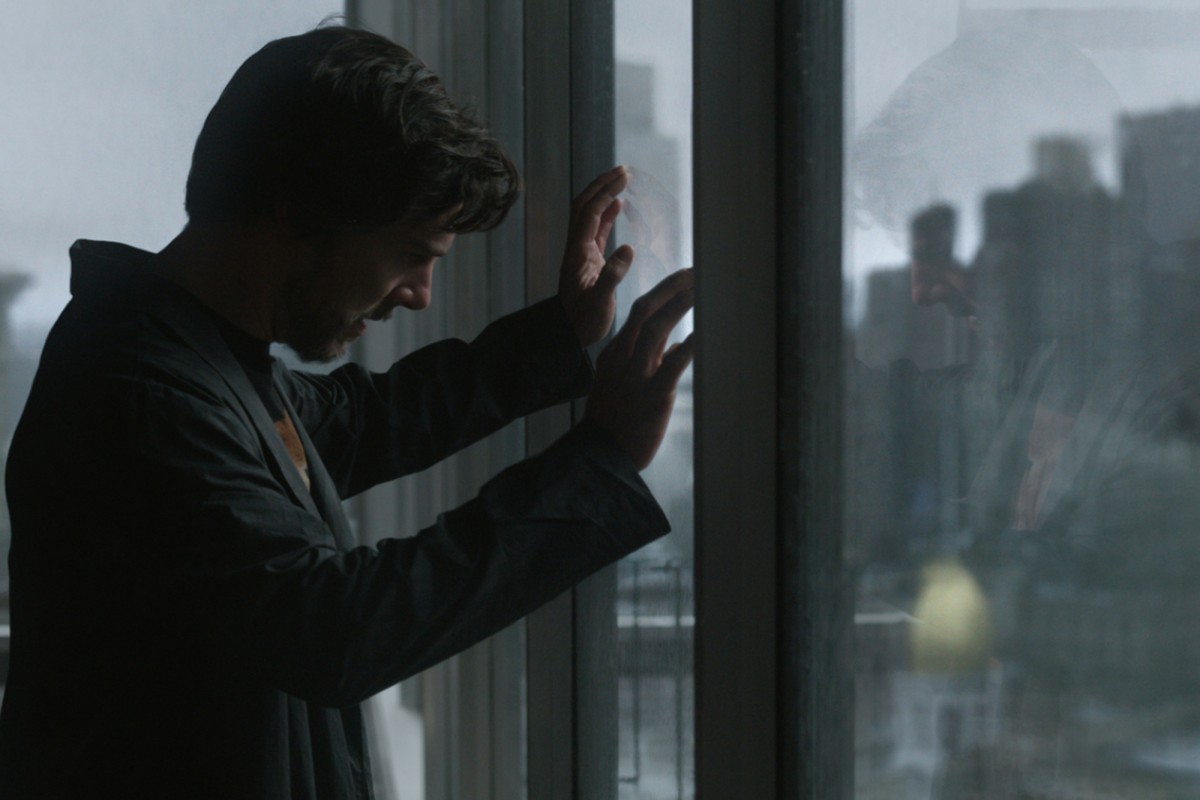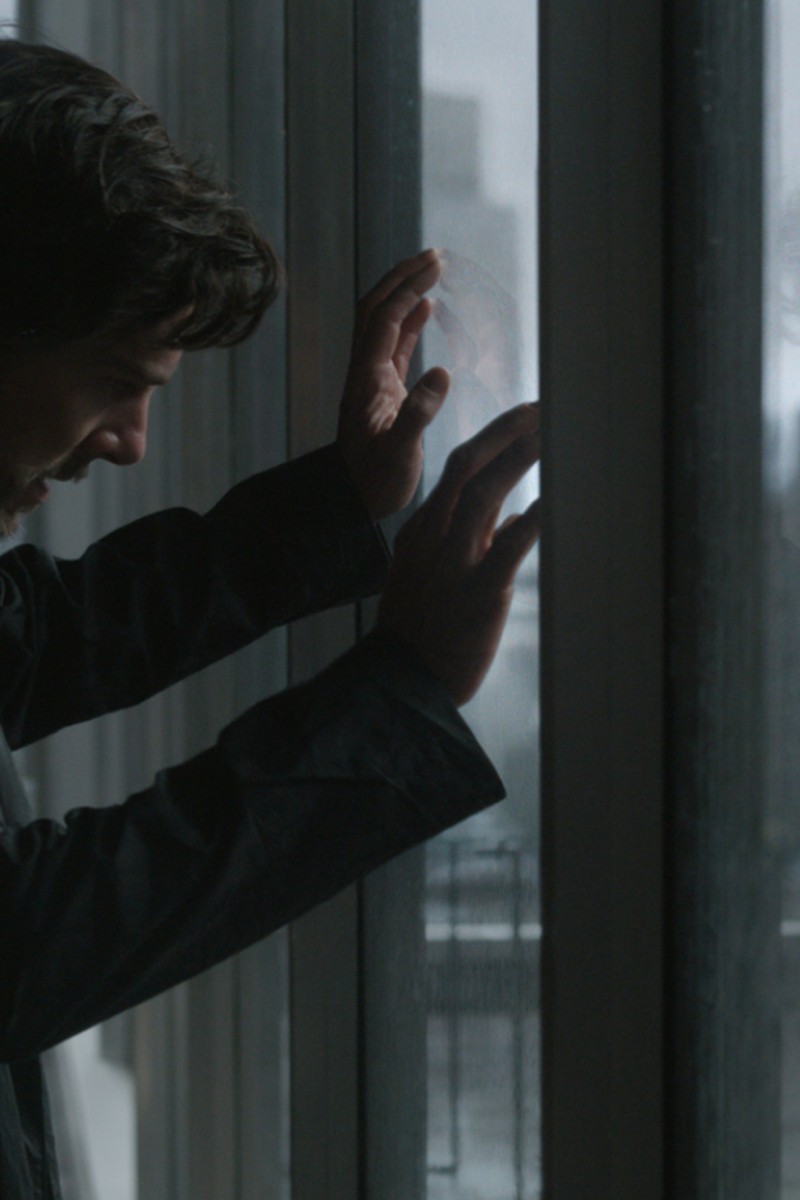 Neurosurgeon Stephen Strange is reduced to a faint reflection of his former self in Doctor Strange.
Neurosurgeon Stephen Strange is reduced to a faint reflection of his former self in Doctor Strange.Doctor Strange is most of what we’ve come to expect from Marvel movies, more or less. It’s witty and pop-culture-savvy and has a different twist on the superhero genre’s issues with representation. It’s lacking a single, spectacular moment of action choreography, though the movie does make up for this by sparing us 20 minutes of city-redevelopment-by-way-of-apocalypse.
But if I still long to see a Marvel movie that truly diverges in tone and ideas from the core franchise playbook, Doctor Strange did do one thing that eludes the rest of Hollywood: it includes a relatively thoughtful meditation on what it means to live with a disability.
Neurosurgeon Stephen Strange’s (Benedict Cumberbatch) journey is intimately related to his sense of what his body is capable of. In one early scene, his hands are so steady, his senses so true, that he removes a bullet from the base of a man’s skull without added guidance. Following a car accident caused in part by his hubris - he’s examining X-rays of a case that might be complicated enough to interest him while driving at high speed on a winding road on a rainy night - he bemoans the state of his hands after his surgeons were through with him.
“No one could have done better,” his colleague and ex-girlfriend Christine Palmer (Rachel McAdams, tragically underused) tries to reassure him. “I could have done better,” Strange tells her bitterly.
He’s contemptuous of the doctors who “ruined” him, or so he believes, and harsh to a physical therapist (Kobna Holdbrook-Smith) who encourages him to work hard at his recovery, insulting the man’s education.
In the early going, Strange’s mentality mirrors one common to many Hollywood productions: that we are the sum of our bodies, and that people who become disabled in some capacity will either have to live with diminished expectations or find relief through suicide. But Doctor Strange, for all its formulaic elements, is not a typical movie in at least one respect. People with disabilities are wildly underrepresented in pop culture in general, but in Doctor Strange, there are three characters in this position. The most interesting part of Strange’s journey involves his evolution from one perspective on his body to another.
Strange initially journeys to Kamar-Taj in search of a miracle cure that Jonathan Pangborn (Benjamin Bratt, underutilised as he tends to be), another of his physical therapist’s clients, seems to have found there. Paralysed from the chest down in an accident, Pangborn quit therapy and vanished, returning from Nepal with his mobility restored to him. Entranced by a seeming miracle, Strange begs for his help, but he doesn’t seem to hear part of what Pangborn has to say: “I chose to settle for my miracle and I came back home,” Pangborn explains, suggesting that his approach to his injury is not the only possible path forward.
Once he wins acceptance to Kamar-Taj, Strange’s training is explicitly oriented toward helping him understand that his mind isn’t limited by his body. But he struggles with the idea that restoring his hands to their pristine, pre-accident condition is a prerequisite to performing successful magic. It takes an enforced jaunt to Everest, and the example of Hamir (newcomer Topo Wresniwiro), who does not have a left hand, to suggest to Strange that his sense of the possible is woefully limited.
I hesitate to suggest that “Doctor Strange” is a particularly important movie. It’s still a giant piece of corporate entertainment, part of a franchise that continues to struggle to imagine basic racial and gender equity even as it takes audiences on fantastical voyages.
Even so, I still found myself unexpectedly touched by a moment toward the end of the movie in which Strange contemplated his scarred, still-shaking hands and chose not to direct his magic towards healing them. Even after his accident, Strange occupies the tall, dashing form of Benedict Cumberbatch; even if his hands shake, his body is still capable of a great deal, including eliciting excessive swooning. But in a culture that treats physical perfection as synonymous with happiness and achievement, it was affecting to watch Strange choose to live with the pins in his hands and the cracks in the watch that is his most precious possession.
Not to get too Leonard Cohen about it, but that’s how the light gets in. And in a culture that often suggests the most logical response to disability is to choose death, Strange’s ability to see strength and possibility in his hands is its own kind of magic.
